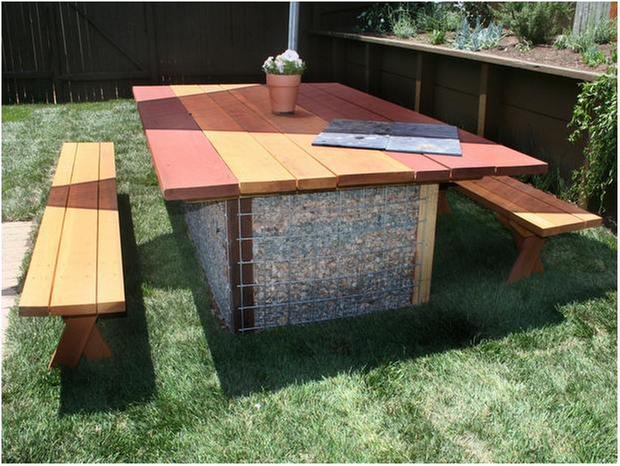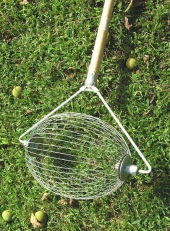Dr Temp,
There are a few seed basics
-never let the seeds dry out
-seeds need to stratify (remain cold for around 120 days)
Harvesting is easy. Just shake the tree. Ripe fruits will fall. Or try batting them out of the tree with sticks or use a hand held cherry picker.
Saplings can be tricky. If you're in the wild there's a good chance the saplings you find will be suckers without well developed tap roots. Paw paws are grove forming trees.
Many propagators like Davis and Peterson used fruit size for their wild selection to breed their cultivars. Smaller fruits may be indicative of a stressed tree that stopped sending resources to the fruit and therefore perhaps under formed seed.
I just processed a bunch of seed the other day. One thing I do not know-what start of ripeness the fruit should be in to give the seed the best chance to germinate. These things ripen quick and actually ferment. Perhaps that fermentation process helps the seed? Who knows? Certainly not me. So I'm running an experiment. I processed a separately bagged seed from fruits in various states of ripeness from borderline rotten to extra firm. More than happy to share the results this coming July.
So. Find your fruit, here in Michigan there are still a few on the trees. Remove the seeds. You can use a scrub brush and finger nail combo to remove the seed jacket. Then soak the seeds in a 10 percent water/clorox bath for 2minutes Then pack the seeds in a ziploc bag with moistened peat moss. A small handfull per 20 seeds should be enough peat. Try to suck the air out of the bag. Then toss the ziploc in the fridge for about 120 days.
The clorox bath and sucking the air out will help keep mold growth to a minimum. Should you see any mold growth in the weeks and or months to come just rinse the seeds and give them another 2 minute bath in the 10 percent water clorox bath.
In the spring (when the soil is consistently 60 degrees F) drop those puppies in the ground. By July you should see sprouts. These trees really focus on putting down their tap root before they sprout.
You can drop these guys in the ground in the fall. Late fall, when average soil temperature is near 40 degrees F.
Bear in mind what I have shared is only what I've gathered from my digging and snooping. I haven't grown squat yet.

Hope this helps.
Mike D
Hamtown Farms






 I'd love to have a handfull of every variety, but for some degree of "marketablity" of the fruit, I'd like to produce as consistent of a product as possible. With Paw paws, that's already a difficult task. The plan consists of 4 varieties. In time we are considering dropping in filburt trees, another michigan native.
I'd love to have a handfull of every variety, but for some degree of "marketablity" of the fruit, I'd like to produce as consistent of a product as possible. With Paw paws, that's already a difficult task. The plan consists of 4 varieties. In time we are considering dropping in filburt trees, another michigan native.



